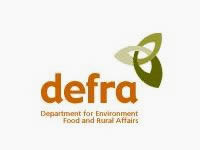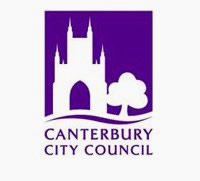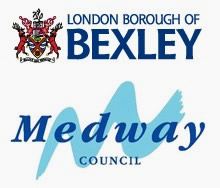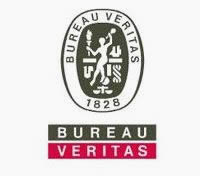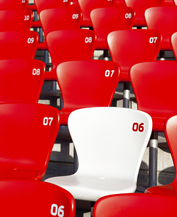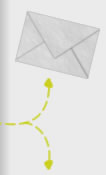Placing Park Signs
16/10/2011
Choosing where in the park to put signs is an important consideration in communicating their messages. Remember that maps, kiosks and other similar elements function as signs, as well as conventional signage. If you place signage in conjunction with other park features such as benches, cafes, toilets and path crossings, you can create mini-destinations and places across the park. This is an idea called "triangulation" as these different elements functioning together have a bigger impact than they would if placed separately.
Additionally, if you incorporate activities and facilities in the area of the signs this can provide visitors with the opportunity to attend to several needs in the same place. This in turn helps create a comfortable and social places for people to relax and spend time within the park.
This is especially true in parks where there are large natural areas or no specific destinations. Small meeting places or "nodes" can be created easily with a sign, a park bench and a telephone or other basic amenity in order to provide a location for meeting or emergency rendezvous purposes. Directional signs located with large natural areas also help people keep their bearings as well as feel located and secure.
Finally, signs can be placed in front of unusual or interesting plants, animal nests, mountains, trees or other features as a way to encourage visitors to interact and engage with their surroundings while moving through the park.
For advice on park sign placement, and to see the many signage options available for parks and other public spaces, visit www.fwdp.co.uk.



